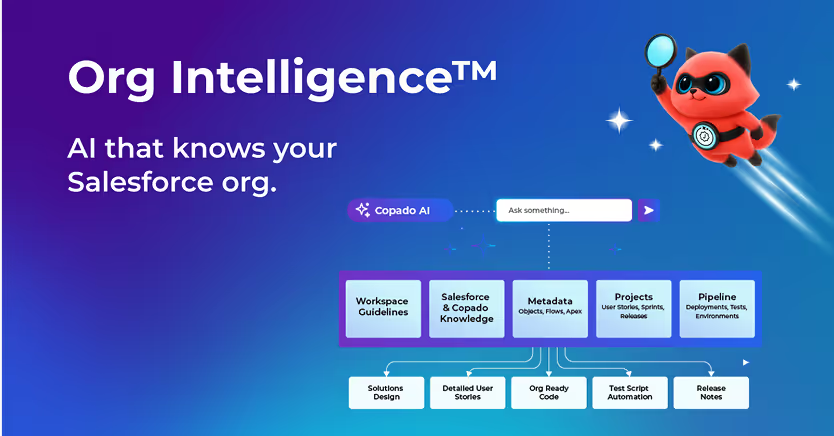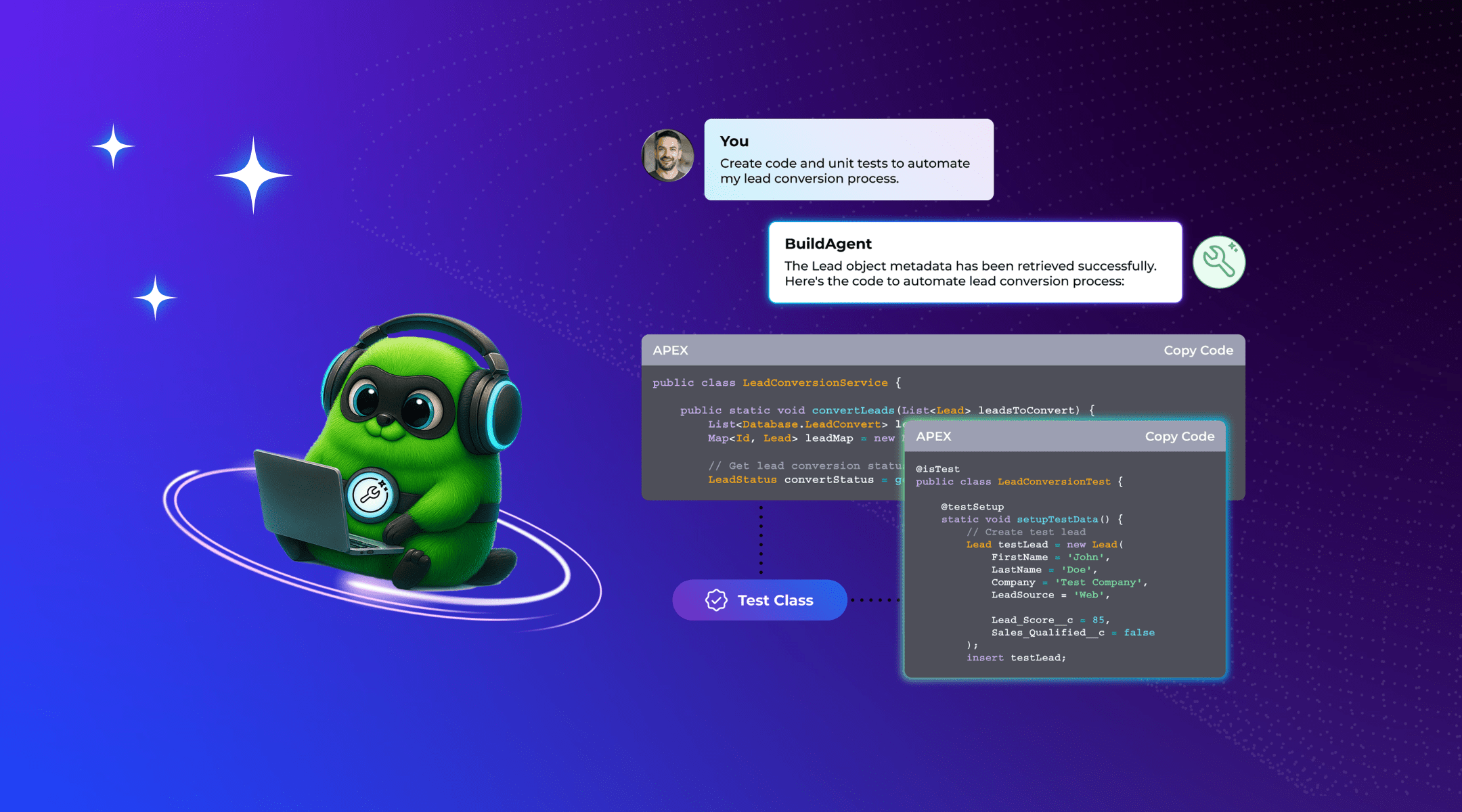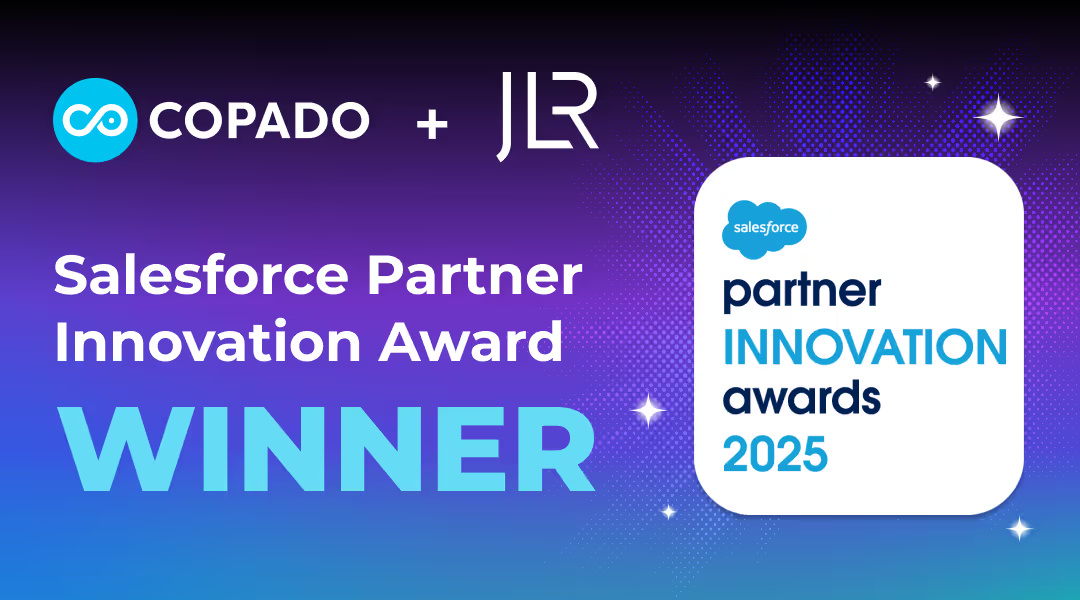In the digital era, consumers expect more. More features, faster loading, and a seamless overall user experience are no longer perks; they're necessities. Modern businesses must invest in modern test automation solutions to keep up with the demand for high-quality software products. The following article will explore what makes test automation solutions "modern." Then, we'll examine how they can drive value in your company.
What makes test automation solutions modern?
Many companies already use test automation solutions to streamline workflows and remove the burden of repetitive tasks from project members. Robotic process automation (RPA) has indeed changed the software development life cycle (SDLC) for the better. But test automation solutions have continued to evolve.
Modern test automation solutions are equipped with machine learning and artificial intelligence (AI). They support business processes and initiatives like implementing DevOps practices by introducing transparency to the release cycle. Each of these has cleared the path for even more automation-driven opportunities, like the ones we'll discuss in the following few sections.
End-to-End Test Automation
Modern companies use applications and software of all kinds to meet business requirements. To do so, their infrastructures may become complex, spanning across multiple platforms. Because system upgrades, third-party integrations, and software updates are continuous, your test automation solutions must also test continuously. Cloud native test automation solutions like Copado Robotic Testing work across nearly any platform. They ensure complex systems don't get bogged down by dependencies or integrations through end-to-end testing and regression testing.
Low-Code Capabilities
Often, people are hesitant to introduce a new test automation solution to their company. Launching a digital transformation can be challenging. In most cases, it takes time to implement the technology. Even after it's been deployed, there may be a learning curve for the employees who need to use it.
For this reason, modern test automation solutions are equipped with low-code functionalities for faster and smoother adoption. Copado Robotic Testing uses a low-code platform to deliver easily digestible test automation analytics to project members with any level of technical expertise. Not to mention, low-code test script writing with natural language keywords puts the power of test case creation in everyone's hands.
Advanced AI
Artificial intelligence has equipped test automation solutions with the ability to predict future release quality. Evaluating the outcome of an impending release helps testers and engineers catch bugs long before launch. Additionally, test automation solutions with advanced AI leverage self-healing abilities. These catch and correct defects or faulty test cases before they can negatively impact the product. These functionalities provide peace of mind to project members, allowing them to focus on new features and improvements rather than patches and rework.
Why should companies adopt modern test automation solutions?
Aside from the SDLC enhancements mentioned above, modern test automation solutions help bridge the gap between business goals and technical requirements. Since this is the core idea behind DevOps methodology, there’s no reason Agile and DevOps-centric companies shouldn’t be looking into more advanced test automation solutions. Aside from streamlining the software testing process, modern test automation solutions facilitate collaboration. They help introduce transparency to testing processes, so everyone understands their role in the project. With better visibility, previously siloed departments can better align their strategic goals.












.svg)
.svg)

.png)

.svg)








.avif)













%20Data%20to%20Me_BLOG_1080x600.avif)






.avif)

































.avif)







.avif)



.avif)

























%20(1).png)
.png)
.png)

.avif)


.svg)
